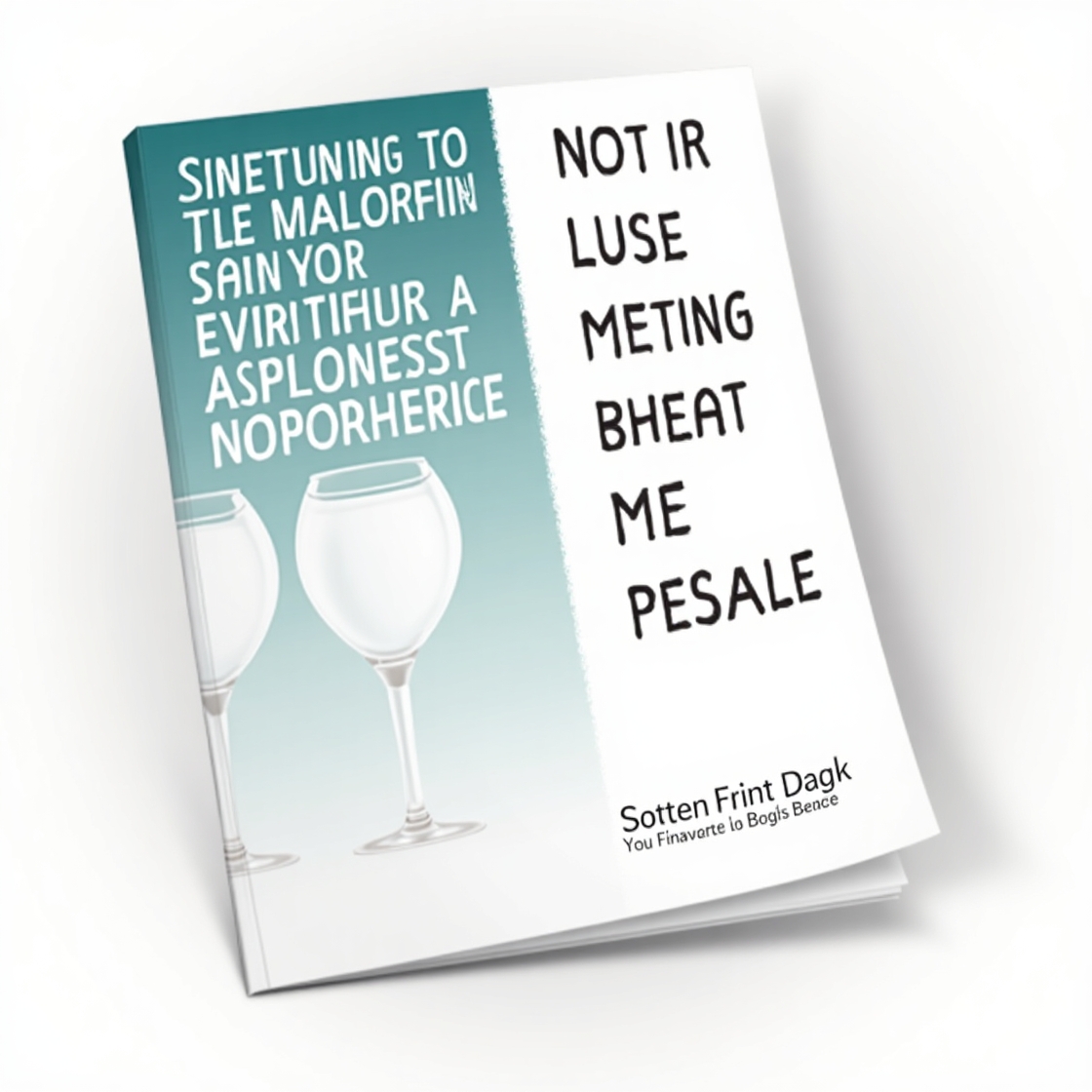If you’re just starting your freelance writing journey, one of the biggest challenges is proving your skills—without any prior work to show. It may seem like a catch-22: clients want to see samples, but you need clients to create those samples.
Good news: you don’t need paid experience to build a strong writing portfolio. In this article, you’ll learn how to create a compelling portfolio from scratch—even if you’ve never had a client.
Why You Need a Portfolio (Even as a Beginner)
Your portfolio is more than a collection of writing samples—it’s proof that:
- You can write clearly and effectively
- You understand tone, structure, and audience
- You’ve taken the time to build credibility
Think of it as your resume—but more powerful. Clients don’t care about degrees; they care about what you can write.
What Makes a Good Writing Sample?
Whether paid or unpaid, your writing samples should show:
- Clear structure and flow
- A defined topic and audience
- Proper grammar and formatting
- Your ability to match tone and intent
Aim for blog-style articles between 700 and 1,200 words. Stick to the type of content you want to be hired for (e.g., blogs, product descriptions, guides).
1. Write Sample Articles on Your Own
Don’t wait for someone to pay you—start creating your own blog-style articles.
Ideas:
- “5 Mistakes Beginner Freelance Writers Make”
- “How to Stay Focused While Writing from Home”
- “The Difference Between Copywriting and Content Writing”
Use Google Docs or a clean WordPress blog to host these articles. Make sure the formatting looks professional.
2. Start a Free Blog
Platforms like WordPress.com, Medium, or Substack let you publish articles without technical skills. This builds credibility and gives you live links to share with clients.
Tip: Choose a niche for your blog that matches your writing goals, such as:
- Marketing
- Personal development
- Health & wellness
- Finance
- Tech
Write 3–5 quality blog posts, and your blog becomes a live portfolio.
3. Offer to Write for Friends or Local Businesses
Know someone who owns a small business, has a blog, or runs a project? Offer to write a free article, product description, or web copy in exchange for permission to use it in your portfolio.
Even one published article gives you a credibility boost.
4. Create Spec Pieces
A spec piece (speculative writing) is a made-up sample created to demonstrate your ability.
Example:
- Pick a real company and write a mock blog post or product description for them.
- Choose a trending topic and write a social media caption, email, or newsletter.
Just make sure to label it as a sample and don’t mislead clients into thinking it was published.
5. Guest Post on Other Blogs
Many websites accept guest contributions, even from beginners.
Benefits:
- Adds credibility
- Gives you a byline
- Helps with networking and backlinks
Look for blogs with a “Write for Us” page and follow their guidelines. Start with smaller sites and work your way up.
Where to Host Your Portfolio
You don’t need a fancy website to get started. Here are a few beginner-friendly options:
🟢 Google Docs
- Pros: Free, easy to update
- Format each sample clearly with a title, intro, and link if published
- Create a shareable “Writing Samples” folder
🟢 Medium.com
- Free blog platform with built-in audience
- Easy to format and share links
🟢 WordPress.com
- Great for showcasing professionalism
- Lets you organize samples by category or niche
🟢 Contently or Journo Portfolio
- Designed for writers
- Offers clean layouts and easy linking
Choose one, upload your best work, and polish the design.
What to Include in Your Portfolio
Here’s what clients expect to see:
- 3–5 writing samples
- Your name and contact info
- A brief bio (1–2 sentences about your writing focus)
- Links to published pieces (if available)
- Optional: testimonials or a list of services
Keep it clean, simple, and skimmable.
Final Thoughts: Start Before You’re Ready
The biggest mistake beginner writers make is waiting for permission to begin. You don’t need credentials or years of experience to prove your worth.
With a few focused articles, a clean layout, and confidence in your skills, you can land your first client—and many more after that.
So start today. Write your first sample. Hit publish. Your future portfolio begins now.
